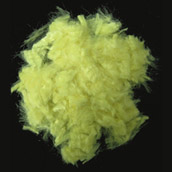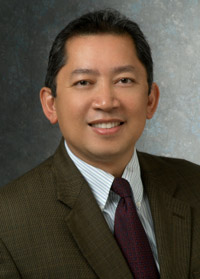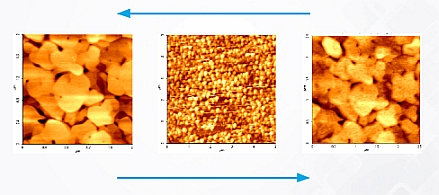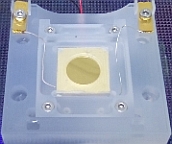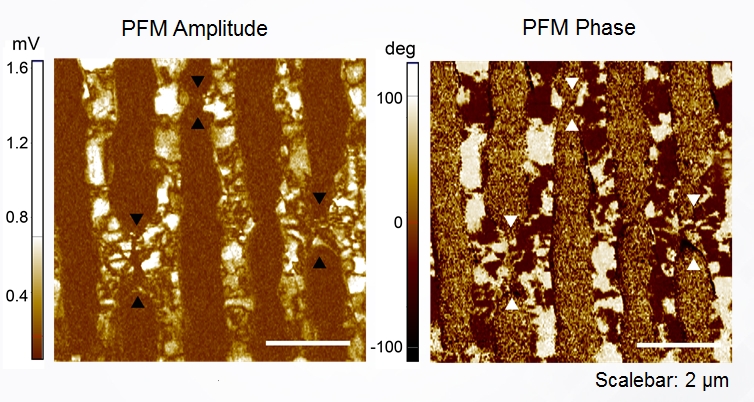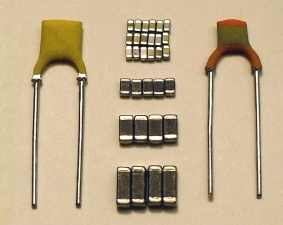|
Join us for a webinar to learn about one of the cutting-edge applications of nanoscientific
research:
Paints and Coatings 101
Join us for a series of lectures featuring materials sciences expert Prof. Rigoberto Advincula of Case Western Reserve University! Our new series with Prof. Advincula aims to a beginner's friendly first foray into a new materials science field each month. By exploring the basics and fundamental science of each featured field, we hope to expand your appreciation for the research and engineering helping us craft the world of tomorrow by improving the one we live in today.
Our next entry in this series is focused on paints and coatings. Paints have a history nearly as long as humanity's. Modern paints are typically made of pigment, resin, solvent, and additives and are applied to a substrate (like a wall) and convert to a solid film upon drying. Paint and the coatings that we apply to protect them are a major contributor to the US economy and projected to have a value of around $30 billion by 2019.
Join us as Prof. Advincula surveys the field of paints and coatings research and development and gives us a tour on how we work with these materials today, characterize their properties, and usher in next-generation technologies via the latest techniques in chemical, electrical, materials, and mechanical engineering.
Presented by Prof. Rigoberto Advincula
Macromolecular Science & Engineering, Case Western Reserve University
About the Beidaghi Lab at Auburn University
Prof. Rigoberto Advincula, Director of the Petro Case Consortium, is recognized industry-wide as an expert regarding polymer and materials challenges of the oil-gas industry. He is currently a Professor with the Department of Macromolecular Science and Engineering at Case Western Reserve University and is the recipient of numerous awards including Fellow of the American Chemical Society, Herman Mark Scholar Award of the Polymer Division, and Humboldt Fellow.
Register by clicking session below:
Thursday, July 6, 2017
ONLINE REGISTRATION PAGE
- PDT (UTC-7): 9:00 AM - 10:00 AM
- EDT (UTC -4): 12:00 PM - 1:00 PM
- BST (UTC): 5:00 PM - 6:00 PM
- CEST (UTC +1): 6:00 PM - 7:00 PM
|
|
|
Webinar Details
|
|
Date:
Thursday, Jan 19, 2017
Time:
9:00 am – 10:00 am (PDT)
San Francisco, Los Angeles
12:00 pm – 1:00 pm (EDT)
Boston, New York
5:00 pm – 6:00 pm (BST)
London
6:00 pm – 7:00 pm (CEST)
Paris, Rome
|
|
|
|
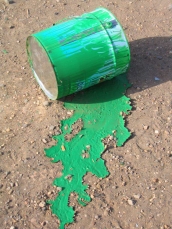
|
|
Nanoparticles in Paint
Nanoparticles are now being added to paint to confer targeted novel traits such as accelerated drying time and antifungal properties.
|
|
|
System Requirements
GoToWebinar
PC-based attendees
Windows XP, Window Server 2008 or later
Mac-based attendees
MacOS 10.8
or newer
|
|





